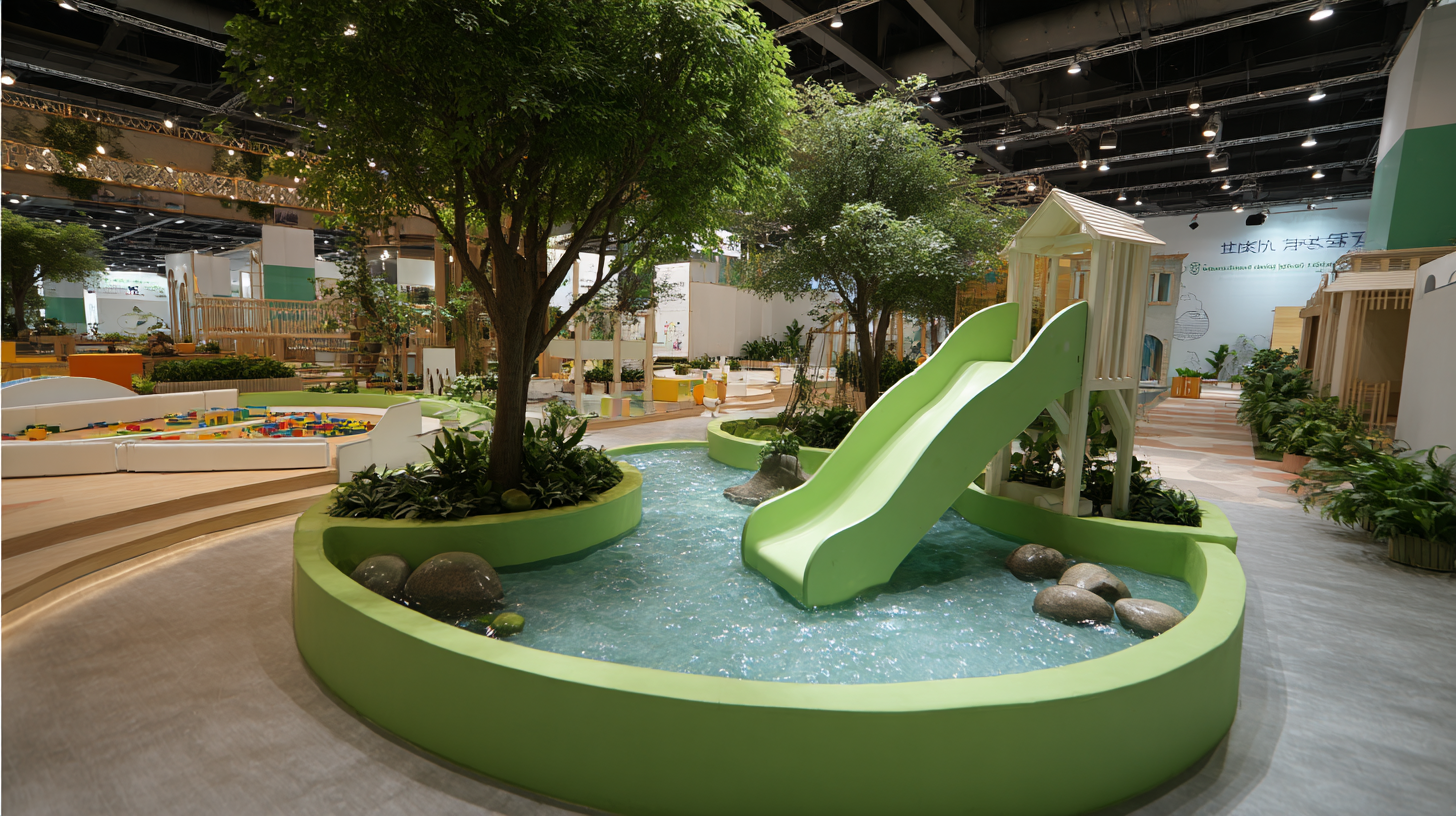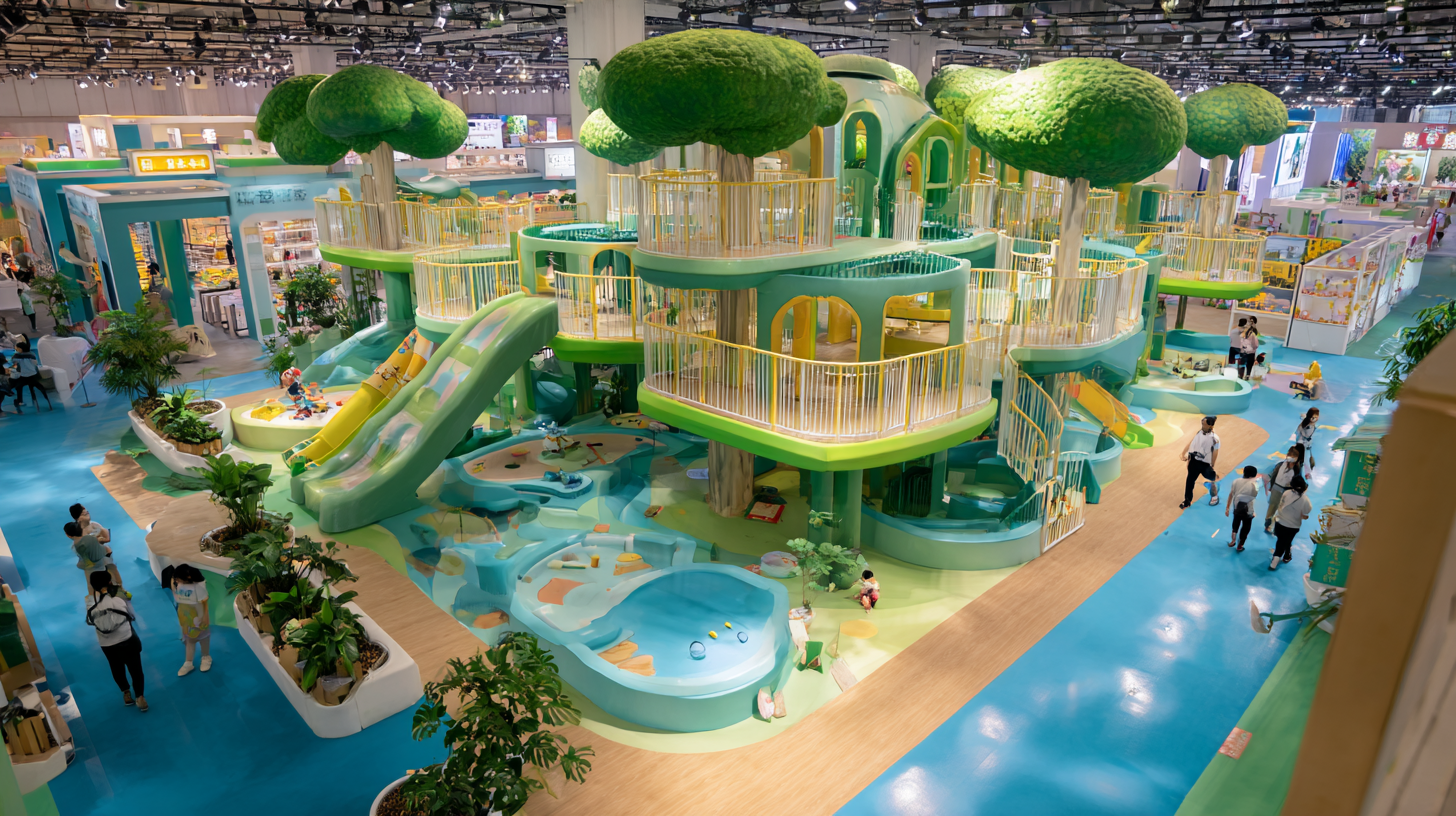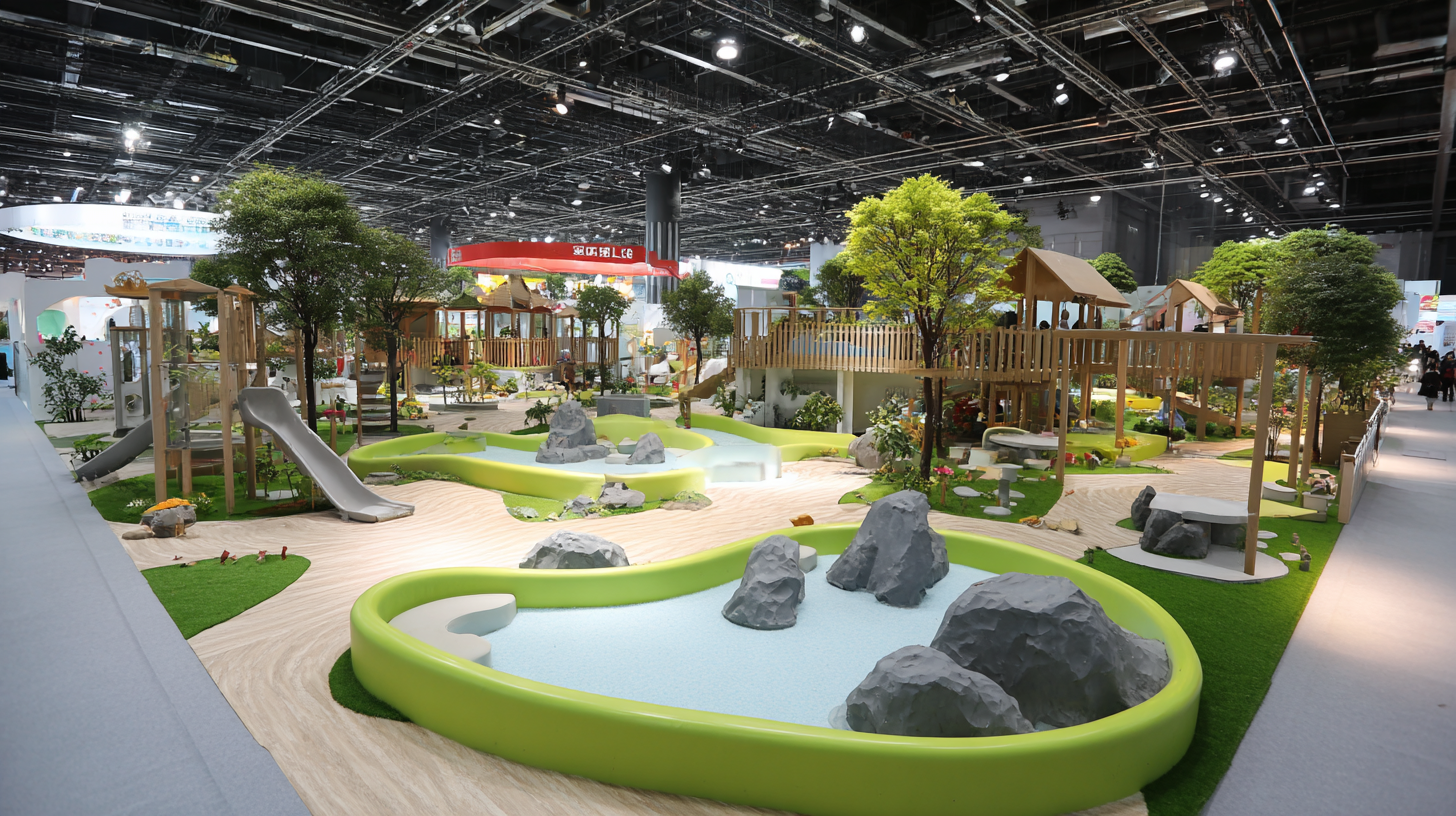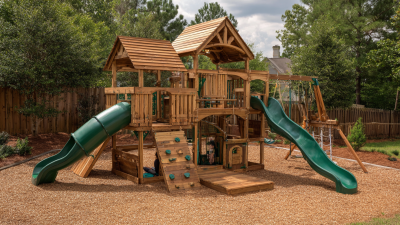 +86-13901441113
+86-13901441113




As the 138th Canton Fair approaches in 2025, the spotlight is set to shine on innovative trends in the realm of Playground Nursery, a critical aspect of early childhood development and education. This international event, known for showcasing cutting-edge products and services, provides a unique platform for industry leaders, educators, and manufacturers to explore advancements that enhance the play experience for young children. With a growing emphasis on the importance of creative play in nurturing physical, social, and cognitive skills, the Playground Nursery segment at the fair is expected to unveil groundbreaking designs, eco-friendly materials, and interactive technologies.

Attendees will gain insights into the latest trends that prioritize safety, inclusivity, and engagement, reflecting a commitment to fostering an enriching environment for the youngest members of society. By examining these innovations, stakeholders will be better equipped to transform playgrounds into dynamic spaces that inspire imagination and learning for children around the globe.
At the 138th Canton Fair in 2025, innovative play structures are set to redefine childhood experiences by integrating cutting-edge design with educational benefits. These new playground nurseries emphasize not only physical activity but also cognitive development through interactive elements that engage children’s imagination. Structures designed with vibrant colors and unique shapes invite creativity, allowing children to explore and learn through play.
Moreover, the incorporation of technology in these play spaces fosters a dynamic environment where kids can interact with digital elements. Augmented reality features and app-driven challenges encourage collaboration and problem-solving skills among young users. By transforming conventional playgrounds into multifaceted learning environments, these innovations offer children richer, more holistic experiences that cater to diverse developmental needs. The emphasis on safety and sustainability further enhances the appeal of these structures, ensuring that the playgrounds of tomorrow are both fun and environmentally friendly.

The 138th Canton Fair in 2025 is set to showcase groundbreaking developments in playground nursery design, particularly focused on sustainable materials and eco-friendly designs in playground equipment. As environmental awareness increases, manufacturers are prioritizing the creation of playgrounds that not only entertain children but also promote ecological responsibility. Innovative designs incorporating recycled plastics, sustainably sourced wood, and non-toxic finishes are becoming standard in the industry, ensuring that playgrounds are safe for children and gentle on the planet.
Moreover, the emphasis on eco-friendly designs extends beyond materials to the overall concept of play. Natural elements are being integrated into playground layouts, encouraging outdoor interaction and fostering a connection with nature. Climbing structures made from natural stone, trees incorporated into play areas, and water features that simulate natural ecosystems illustrate this trend. By blending creativity with sustainability, the playground equipment unveiled at the fair will pave the way for a greener future, inspiring manufacturers, parents, and communities to prioritize both fun and environmental stewardship in children's play.
| Category | Material Used | Design Features | Eco-Friendly Certification | User Age Group |
|---|---|---|---|---|
| Swing Sets | Recycled Plastic | Adjustable Height | Green Label | 2-5 Years |
| Climbing Structures | Bamboo | Natural Shapes | FSC Certified | 3-7 Years |
| Slides | Post-Consumer Recycled Materials | Wave Design | ISO 14001 | 4-10 Years |
| Sandbox | Natural Wood | Rounded Edges | Cradle to Cradle Certified | 1-5 Years |
| Balance Beams | Recyclable Rubber | Textured Surface | Recycled Content Certification | 5-12 Years |
The 138th Canton Fair in 2025 is set to showcase groundbreaking innovations in the playground nursery sector, particularly highlighting the integration of technology to foster interaction and learning among children. Recent industry reports indicate a significant rise in the use of interactive technologies within playground environments, with a projected market growth of 10.5% annually through 2027. This trend reflects a growing recognition of the role that play and technology play in childhood development.
At the heart of this transformation is the utilization of augmented reality (AR) and virtual reality (VR) tools, which create engaging, immersive experiences for young learners. These technologies not only capture children's attention but also facilitate experiential learning, making abstract concepts more tangible. According to the International Playground Equipment Manufacturers Association (IPEMA), interactive play structures that incorporate digital elements see a 40% increase in user engagement, underscoring the value of technology integration. As innovators unveil their latest products at the Canton Fair, the emphasis on blending play and education through technology will redefine how children interact with their environments.
At the 138th Canton Fair in 2025, the nursery playground designs are sure to reflect significant cultural influences, showcasing how historical context can enhance play space environments. As urban centers evolve, there is a growing need to integrate local history and traditions into the design of recreational spaces. This not only enriches children's play experiences but also fosters a sense of community and belonging. By incorporating elements such as local architectural styles, historical narratives, and culturally significant activities, the playgrounds can transform into dynamic learning environments that resonate with children and their families.
Moreover, considering the rapid urbanization that often threatens historical heritage, the design of playgrounds must address these challenges by preserving and celebrating the past. This approach creates vibrant spaces that draw families and promote social interaction while encouraging respect for the history of the area. Additionally, adapting play spaces to be inclusive, particularly for women and other marginalized groups, ensures that public places cater to a diverse range of users, ultimately promoting gender equality and social cohesion. As a result, the design innovations presented at the Canton Fair will likely focus on cultural sensitivity and community engagement, paving the way for sustainable urban development.

Recent trends in playground design underscore the critical focus on inclusivity and accessibility, reflecting a growing commitment to create spaces where children of all abilities can interact and play together. A notable initiative is the successful installation of wheelchair-accessible swings in multiple parks, enhancing recreational opportunities for children with special needs. According to recent studies, approximately 36% of children with disabilities lack access to play areas suitable for their needs, emphasizing the importance of inclusive playground design. This aligns with the aims of programs like the "Let's Play Together" initiative initiated in 2015, which encourages children with special needs to engage in communal play.
Designing playgrounds that prioritize accessibility not only benefits children with disabilities but also enriches the play experience for all children. Research indicates that inclusive play environments foster social interaction, emotional development, and physical activity. Furthermore, as communities increasingly recognize the value of such spaces, investment in inclusive infrastructure is projected to rise, presenting significant opportunities for companies within the playground equipment industry. By harnessing innovative design principles, manufacturers can contribute to creating inclusive spaces that truly reflect the needs of diverse communities, ensuring that all children have the opportunity to thrive in a playful environment.





